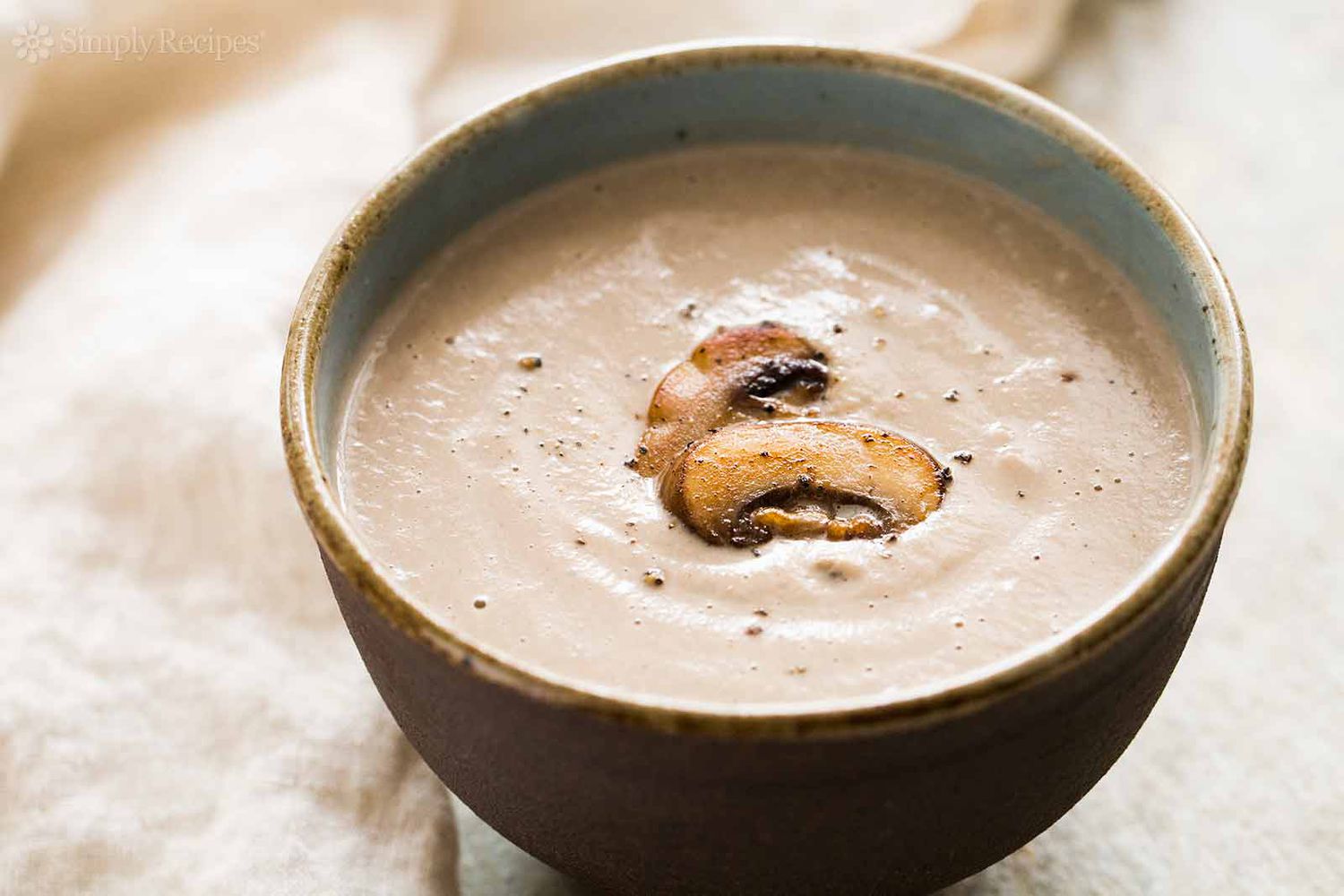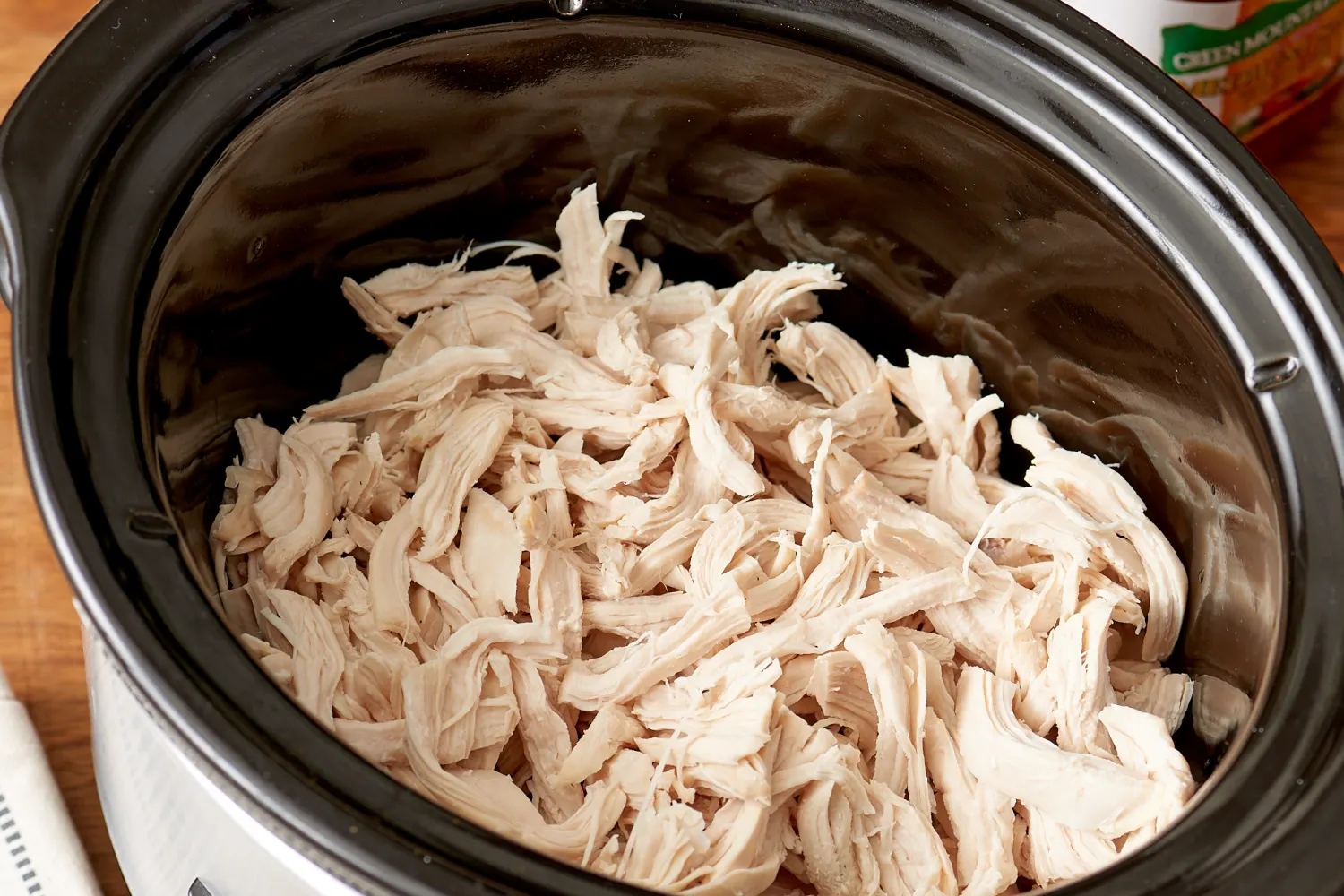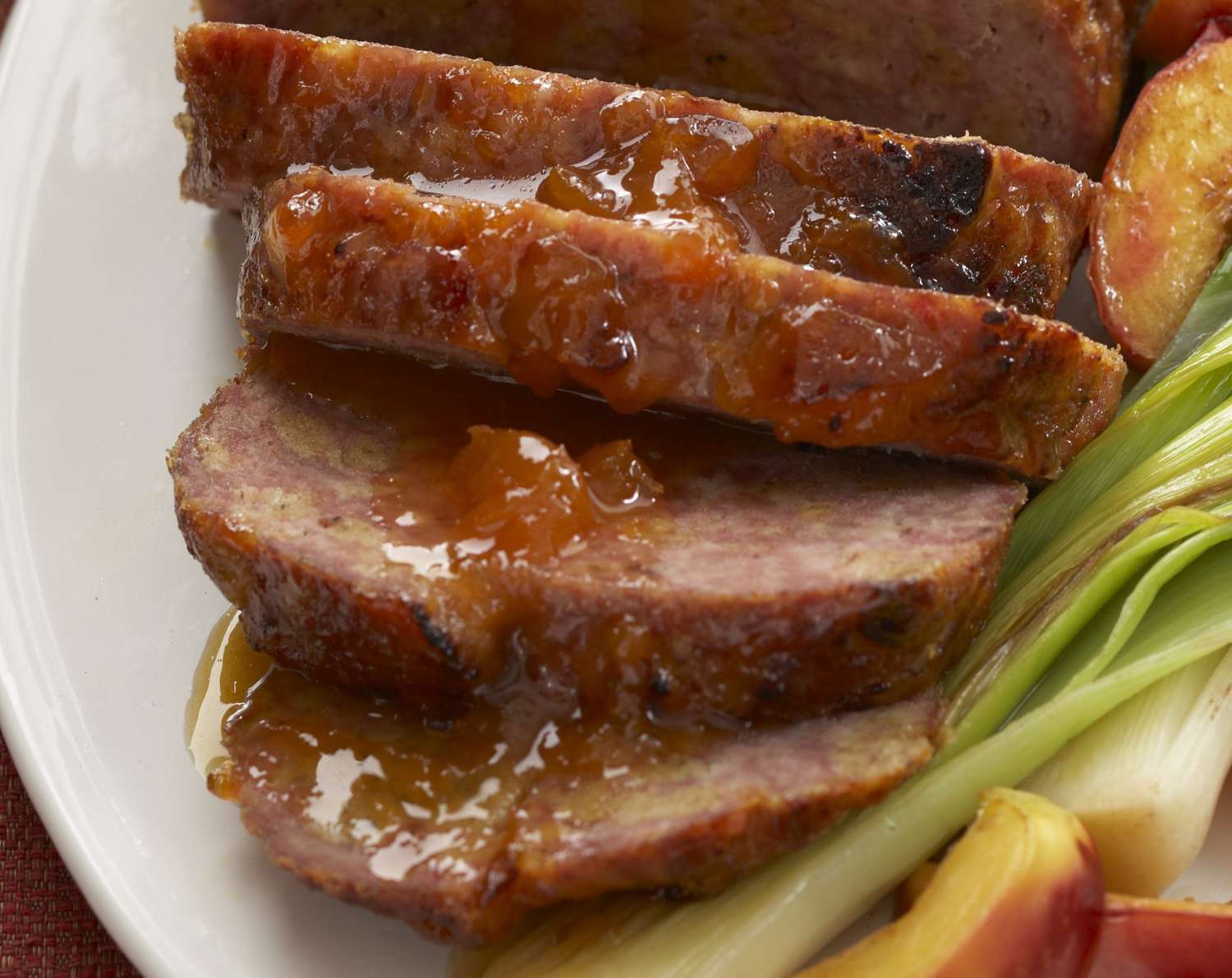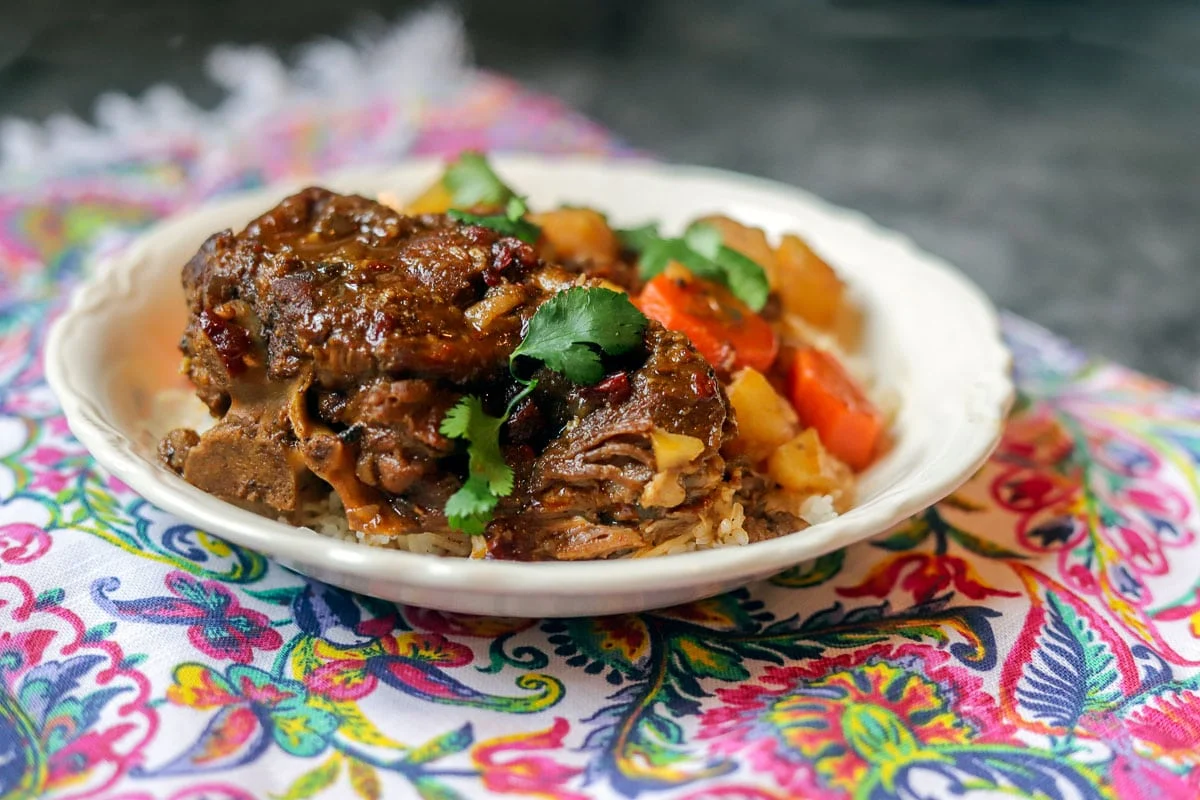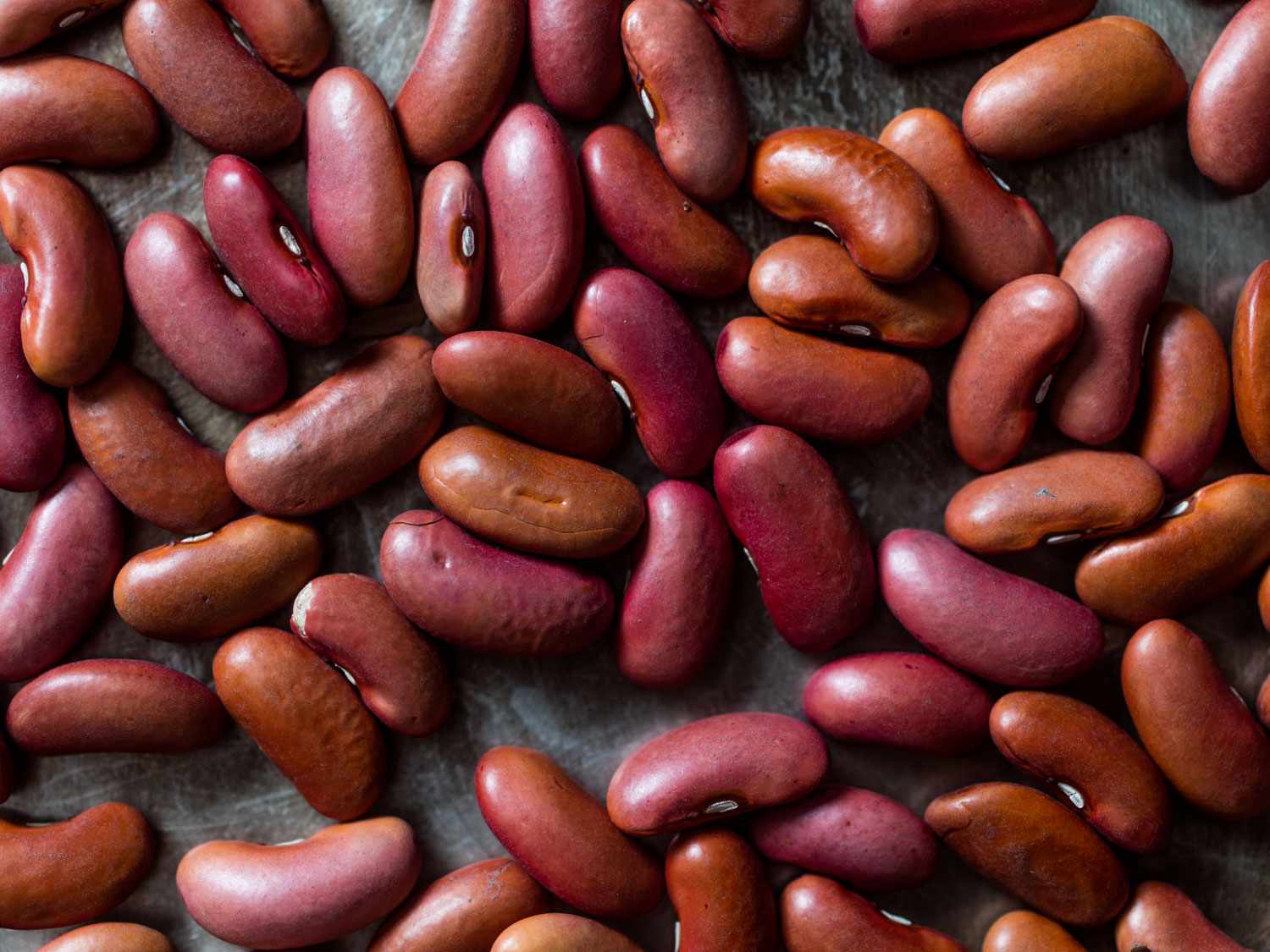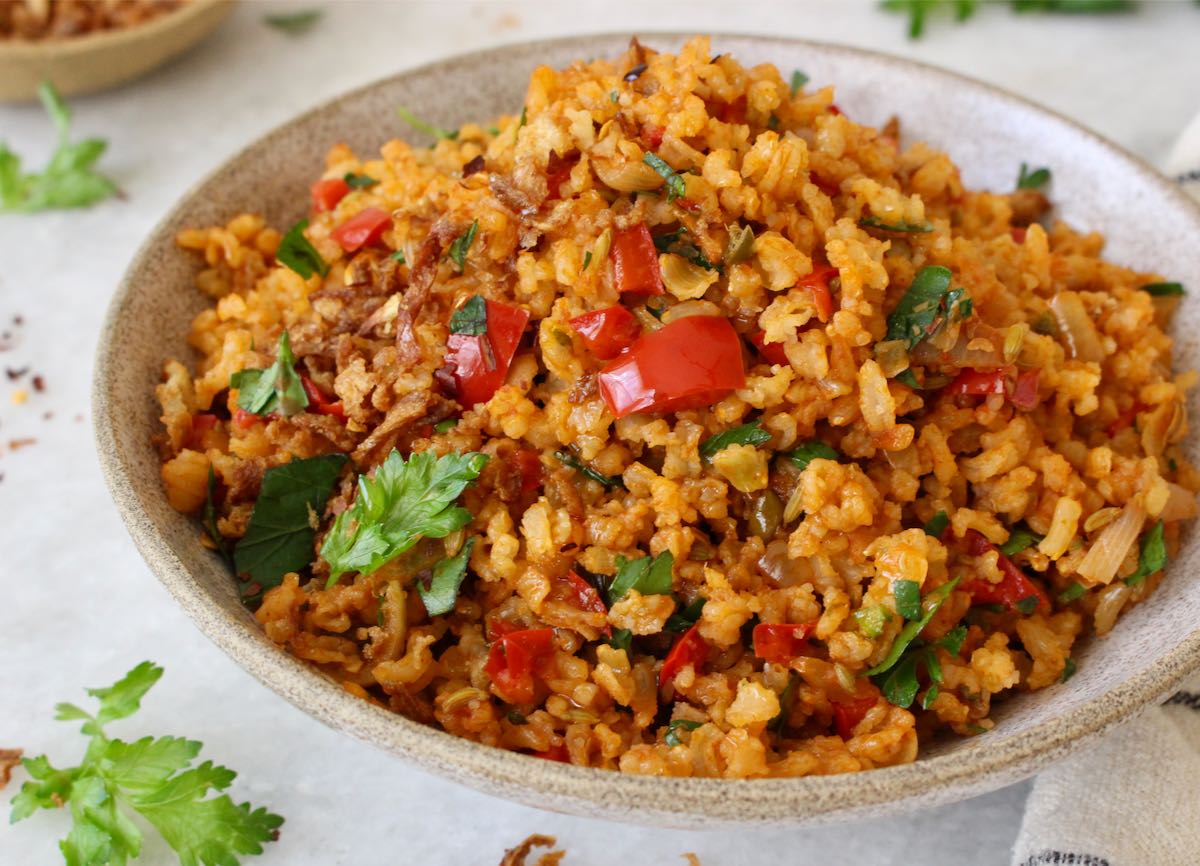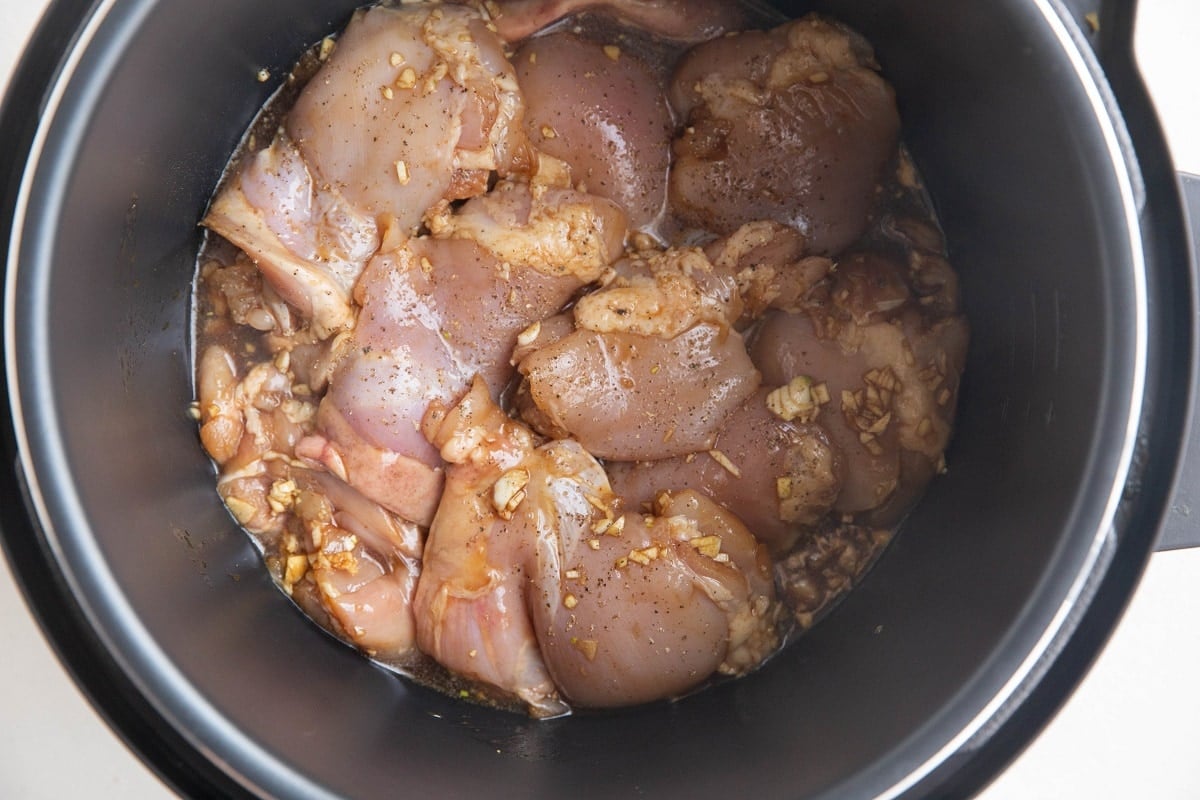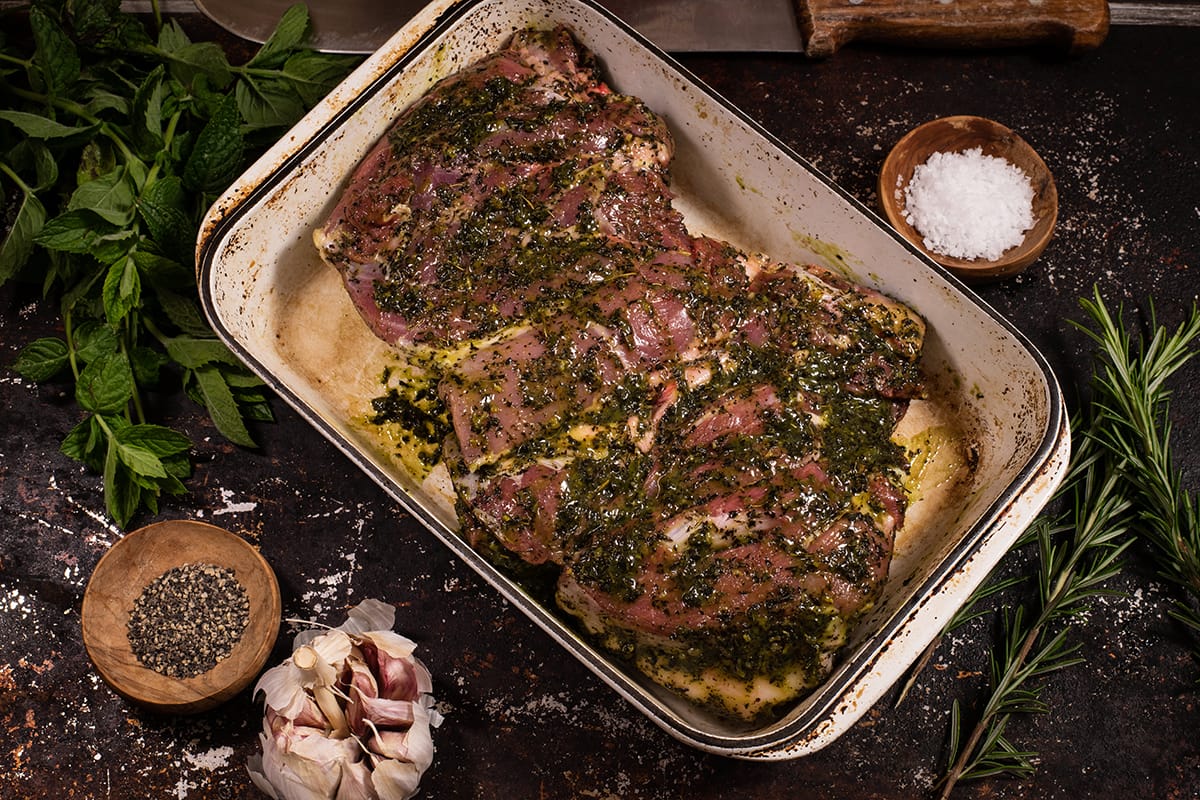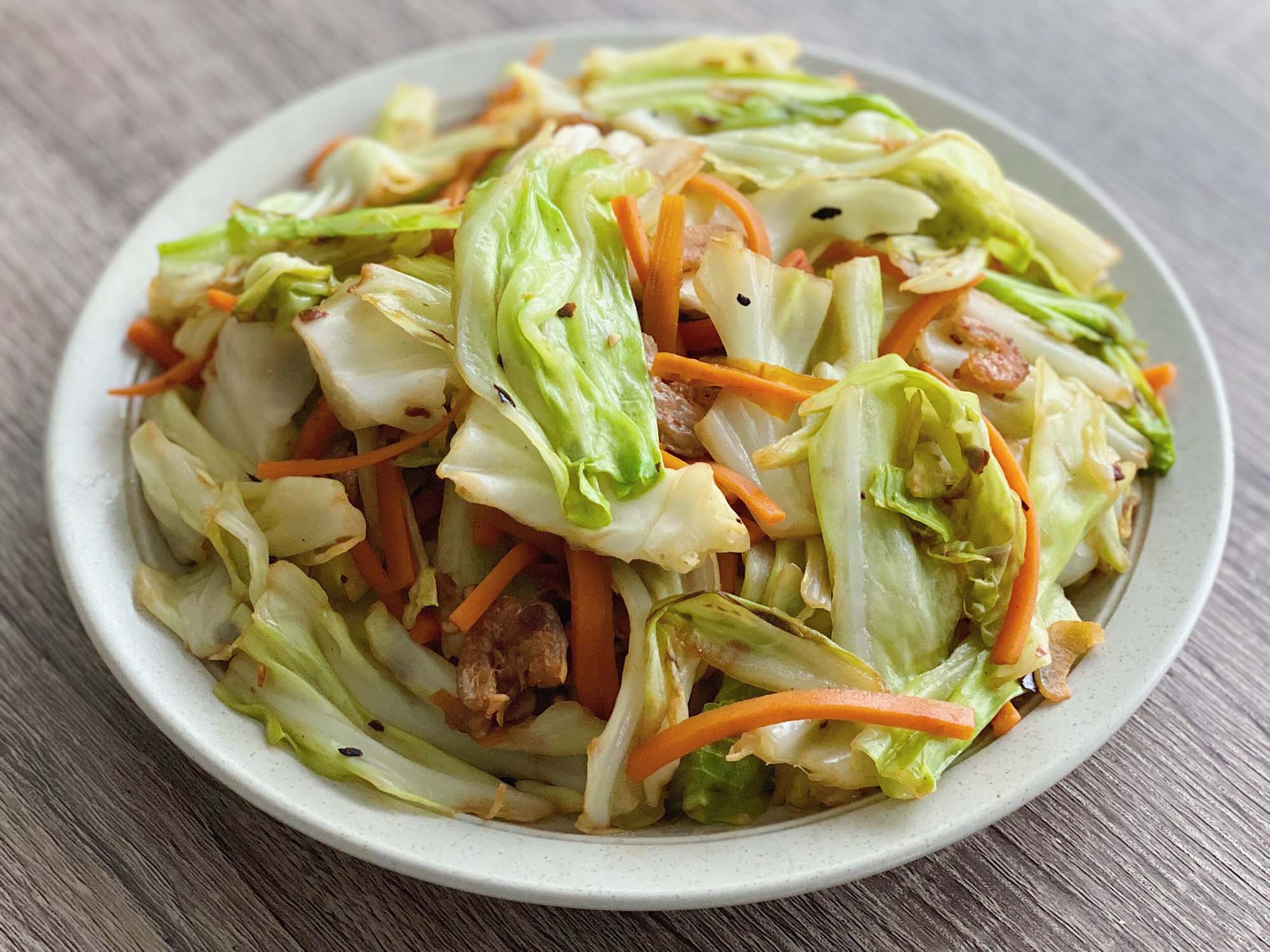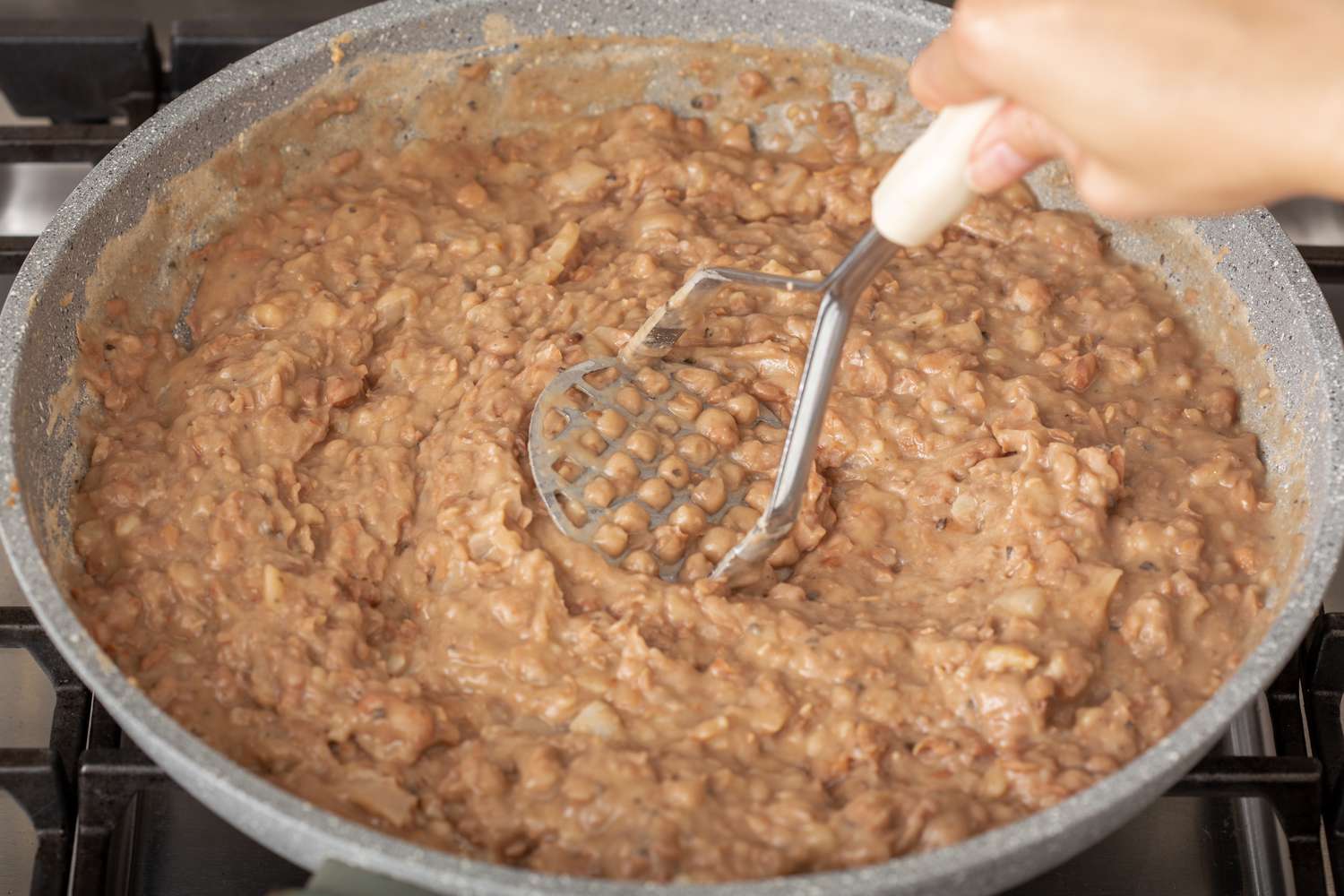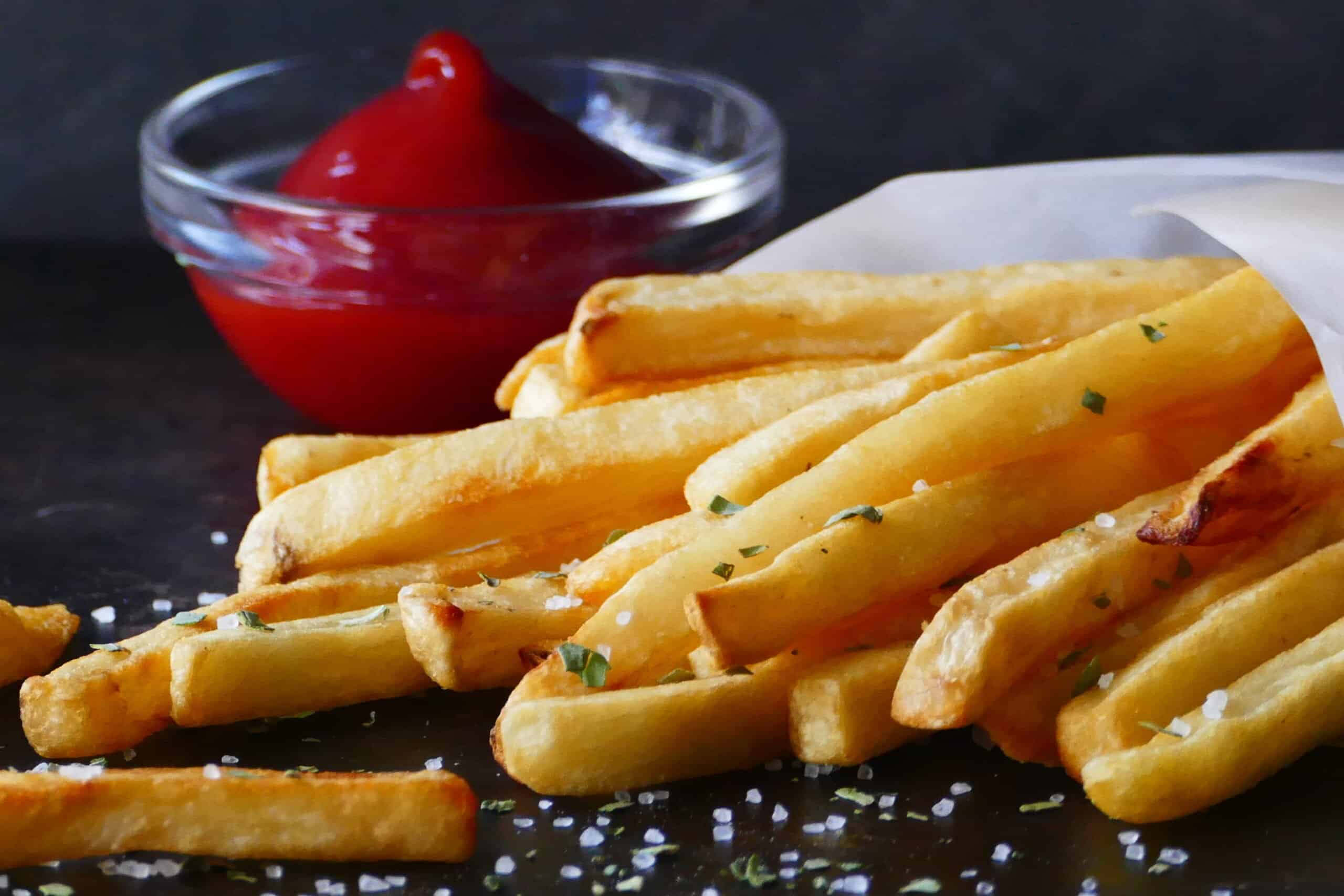Mastering the Art of Cooking Beans and Rice in a Pressure Cooker
Beans and rice are a classic combination that’s not only delicious but also packed with essential nutrients. Whether you’re a fan of Mexican cuisine, looking for budget-friendly meal options, or simply want to explore different flavors, cooking beans and rice in a pressure cooker is a game-changer. This method saves time and energy while ensuring tender, flavorful results. Let’s delve into the secrets of cooking beans and rice in a pressure cooker to create a scrumptious meal every time.
Choosing the Right Beans and Rice
Before we dive into the cooking process, ensuring you select the right beans and rice is crucial. Consider the following:
- Beans: Opt for dried beans like kidney beans, black beans, pinto beans, or chickpeas. Soak them overnight or follow the instructions on the packaging for best results.
- Rice: Long-grain white rice, jasmine rice, or brown rice work well in this recipe. Avoid using quick-cooking rice varieties as they may turn mushy in the pressure cooker.
The Pressure Cooker Magic
Now it’s time to unleash the power of the pressure cooker. Follow these simple steps:
- Sauté: Start by sautéing onions, garlic, and any desired spices in the pressure cooker using the sauté function. This step adds depth and flavor to your dish.
- Add Beans and Rice: Drain the soaked beans and rinse them thoroughly. Add the beans, rice, and the required amount of water or vegetable broth to the pressure cooker.
- Seasoning: Enhance the taste by adding spices like cumin, paprika, oregano, or bay leaves. Don’t skimp on salt and pepper. They play a crucial role in bringing out the flavors.
- Pressure Cook: Lock the pressure cooker lid in place, set the desired cooking time, and let the magic happen. Follow the instructions provided for cooking times based on the type of beans, rice, and your pressure cooker’s specifications.
- Natural Release: Allow the pressure to release naturally for a few minutes before carefully opening the lid.
Serving and Flavorful Additions
Once the beans and rice are cooked to perfection, it’s time to serve and elevate the flavors. Consider these flavorful additions:
- Garnish: Sprinkle chopped cilantro or parsley over the beans and rice before serving for a fresh burst of flavor.
- Squeeze of Citrus: Squeeze some lime or lemon juice over the dish to brighten the flavors.
- Top with Salsa: Add a dollop of your favorite salsa on top to add a tangy kick.
- Spice it Up: For those who prefer a spicy twist, add some diced jalapeños or a dash of hot sauce.
Finally, serve your scrumptious beans and rice in bowls or alongside other dishes of your choice. This versatile meal pairs well with grilled vegetables, roasted chicken, or can be enjoyed on its own.
Final Thoughts
Cooking beans and rice in a pressure cooker is a foolproof way to achieve flavorful results in a fraction of the time. With the right selection of beans and rice, along with the perfect seasoning and additions, you can create a meal that’s nutritious, comforting, and bursting with flavor. So, don’t hesitate to explore this delicious combination using your pressure cooker. Happy cooking!
Was this page helpful?
Read Next: How To Cook Black Sea Bass Fillets
